Introduction
A Pullet Chicken Cage—also known as a Pullet Rearing Cage or Layer Pullet Cage—is a specialized poultry housing system designed for chicks and young hens during the brooding and rearing stages before they enter egg production. Pullets represent a critical phase in the layer chicken lifecycle, as their health, growth rate, and development directly determine their future laying performance.
Pullet Chicken Cages provide a controlled and hygienic environment that ensures optimal growth, proper weight gain, and uniformity among birds. In modern poultry farming, precision rearing systems are essential to guarantee high productivity and reduce mortality rates. The cage structure supports automated or semi-automated feeding, watering, manure removal, and ventilation systems, offering farmers an efficient and scalable solution.
Whether for small farms, medium operations, or large commercial layer farms, Pullet Chicken Cages have become a preferred choice due to their durability, ease of management, and excellent bird welfare performance.
Technical Specifications of Pullet Chicken Cage
Bird Age | 1 day to 16–18 weeks |
Material | Hot-dip galvanized steel wire / PVC-coated wire |
Wire Diameter | 2.0–3.0 mm depending on cage section |
Cage Dimensions | 1200–1800 mm length × 600–1200 mm depth × 350–450 mm height |
Tiers / Levels | 2-tier, 3-tier, 4-tier, or 5-tier |
Door Type | Vertical sliding door / push-in door |
Floor Design | Inclined mesh floor for manure separation |
Floor Opening Size | 10–15 mm to protect young pullets |
Manure System | Manual manure board / automatic manure belt |
Feeding System | Manual trough / automatic chain or pan feeding |
Drinking System | Nipple drinkers with drip cups |
Water Pipe Material | Stainless steel / PVC |
Capacity | 20–150 pullets per cage group depending on tiers |
Lighting System | LED or incandescent optional |
Ventilation Requirement | Compatible with natural or mechanical ventilation |
Anti-Corrosion Coating | ≥200g/m² hot-dip galvanization optional |
Key Features of Pullet Chicken Cages
1. Strong Structure and Durable Materials
The cages are made from hot-dip galvanized steel, ensuring resistance to rust, corrosion, and wear. This guarantees a long service life even in humid poultry house environments.
2. Designed for Growing Pullets
Cage floors use small mesh openings to protect chicks' legs while preventing leg injuries, deformities, or getting stuck.
3. Multi-Tier Space Optimization
Vertical stacking design helps maximize poultry house capacity, making efficient use of space without compromising bird welfare.
4. Automated Feeding and Watering
The system is compatible with:
Chain feeding systems
Pan feeding systems
Nipple drinking systems
Automation reduces labor and ensures uniform feed and water delivery.
5. Manure Removal Options
The design minimizes ammonia buildup and helps maintain air quality.
6. Uniform Growth and Controlled Environment
Cage systems ensure pullets grow evenly, achieving the ideal body weight required for high-performance laying.
7. Hygienic and Clean Environment
Manure separation prevents direct contact between birds and droppings, reducing disease outbreaks.
8. Low Mortality Rate
Good airflow, clean water, and protected environment help reduce stress and improve survival rates.
9. Easy Access for Management
Sliding doors or push-in doors allow easy vaccination, inspection, and bird handling.
10. Compatible With Modern Poultry Automation
Lighting, climate control, feeding, and egg production systems can be integrated to build a smart poultry house.
Advantages of Pullet Chicken Cage Systems
1. Improved Growth Performance
Chicks have consistent access to feed and water, improving uniformity and reducing competition.
2. Higher Stocking Density
Multi-tier stacking allows more birds per square meter, maximizing farm profitability.
3. Reduced Disease Risks
Separation from manure eliminates common diseases like coccidiosis and bacterial infections.
4. Better Feed Conversion Ratio (FCR)
Controlled feeding and limited movement ensure birds efficiently convert feed into body weight.
5. Increased Farm Efficiency
Automation reduces labor requirements by up to 70%.
6. Clean Water and Feed Delivery
Nipple drinkers and trough feeders ensure hygiene and prevent feed contamination.
7. Excellent Bird Welfare
Cage floors are designed to reduce foot injuries, feather damage, and stress.
8. Easy Installation and Maintenance
Modular design allows quick setup, expansion, and cleaning.
9. Long Service Life
High galvanization ensures strong resistance to rust and structural damage.
10. Reduced Mortality and Higher Production Later
Properly reared pullets become strong, healthy layers with higher overall egg production.
Application Scenarios
1. Commercial Layer Farms
Large-scale farms use pullet cages to achieve uniform rearing and support future laying consistency.
2. Breeder Farms
Breeder pullets require precise growth control, which Pullet Cage Systems provide.
3. Small and Medium Poultry Farms
Even small farms benefit from improved hygiene and easier management.
4. Organic or Semi-Organic Poultry Systems
Hybrid systems use pullet cages for early rearing before moving birds to free-range houses.
5. Poultry Training Centers and Research Institutions
Universities and institutes use pullet cages for controlled growth studies and productivity research.
How to Use Pullet Chicken Cages
1. Installation
Ensure cages are placed on level ground.
Install water pipes, feeders, and manure belts properly.
Connect cage tiers securely.
2. Bedding and Temperature
3. Feeding
Provide starter feed for chicks, then transition to grower feed.
Avoid overfeeding to prevent overweight pullets.
4. Water Management
5. Lighting Program
Recommended: 20–22 hours for chicks, gradually reducing to 10–12 hours.
Supports steady growth and avoids early sexual maturity.
6. Ventilation
7. Cleaning & Disinfection
8. Monitoring Bird Health
Observe birds for signs of stress, illness, or abnormal behavior.
Vaccinate according to local poultry health programs.
Common Problems and Solutions
Problem 1: Uneven Growth Among Pullets
Solution:
Problem 2: Wet Droppings and High Ammonia
Solution:
Problem 3: Foot Injuries
Solution:
Problem 4: Water Leakage
Solution:
Problem 5: High Mortality During First Weeks
Solution:
FAQ (Frequently Asked Questions)
Q1: What is a Pullet Chicken Cage?
A pullet cage is a housing system designed to raise young hens (pullets) until they begin laying eggs.
Q2: What age birds can be raised in this cage?
From day-old chicks to 16–18 weeks old pullets.
Q3: What materials are used?
Hot-dip galvanized wire is commonly used due to durability and corrosion resistance.
Q4: Can these cages be automated?
Yes. Feeding, watering, manure removal, and lighting can all be automated.
Q5: Do pullet cages help improve egg production later?
Absolutely. Proper rearing ensures uniformity and better laying performance.
Q6: How many pullets can a cage hold?
This depends on the cage tier design, usually 20–150 pullets per group.
Q7: Are pullet cages easy to clean?
Yes. Removable trays or manure belts simplify cleaning.
Q8: Do they reduce disease?
Yes. Cage rearing reduces contact with droppings and lowers infection risks.
Q9: Can I customize sizes?
Most suppliers support customized dimensions and tier configurations.
Q10: What ventilation is required?
Works with natural ventilation or mechanical systems like tunnel fans.
Conclusion
A Pullet Chicken Cage provides an efficient, hygienic, and scientifically designed environment for rearing young hens. The system improves bird health, enhances uniformity, reduces mortality, and ultimately boosts egg production once the pullets enter the laying stage. With strong construction, automated features, and flexible customization, these cages are ideal for modern poultry farms of all sizes.
Investing in pullet cages is a smart choice for farmers aiming to achieve long-term productivity and profitability in layer chicken operations.
Company Profile
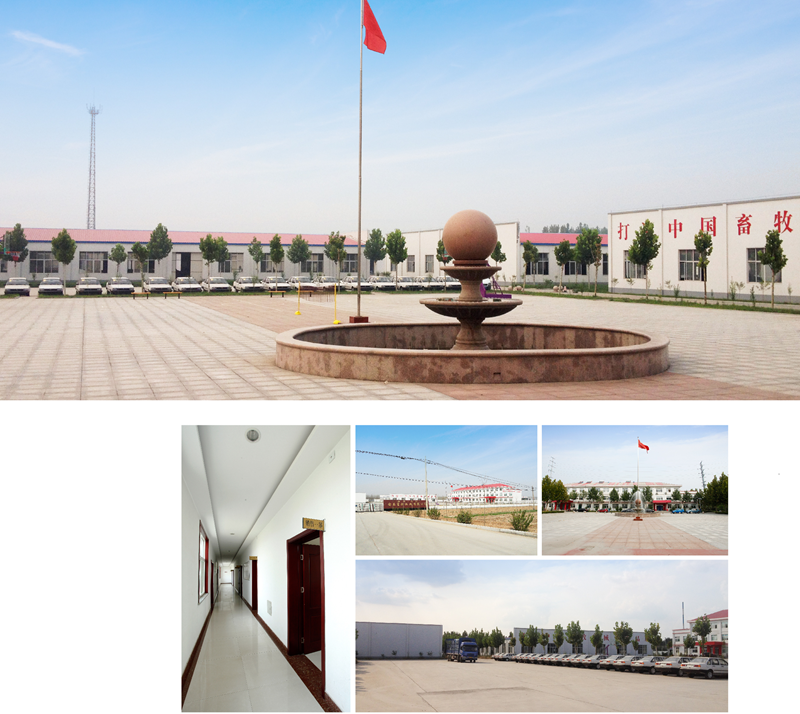
Shandong Huimin Qinle Livestock Machinery Co., Ltd. (formerly Shandong Huimin Qinle Livestock Machinery Factory) is a professional poultry equipment manufacturer with over 20 years of experience. We offer a comprehensive service package, from design (land and chicken coops), production (equipment and prefabricated steel coops), installation, commissioning, customer training, and after-sales service.
Located in Huimin County, Binzhou City, Shandong Province, China, the company has extensive experience in mechanical processing and manufacturing, as well as livestock machinery production and operation. With fixed assets of RMB 15 million, the company employs 160 people, including 30 R&D staff, and occupies a 40,000-square-meter factory. Equipped with over 110 pieces of advanced precision production equipment, including CNC machining centers and laser cutting machines, the company boasts a production capacity of RMB 50 million.
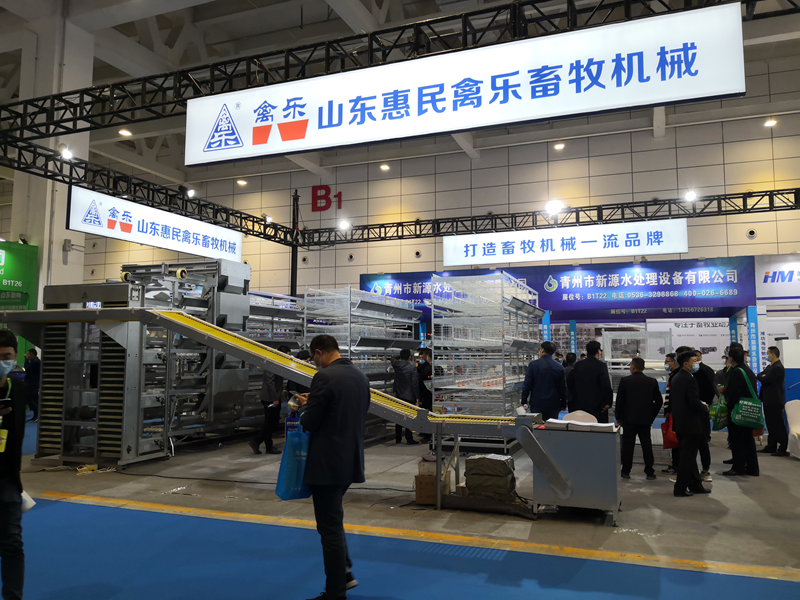


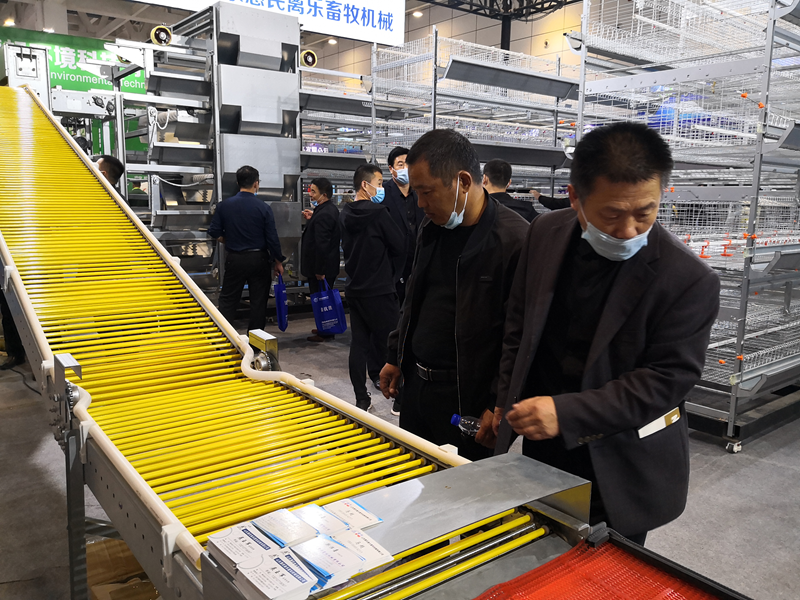
Chicken Farming Equipment Mesh Production Workshop

Machining Workshop

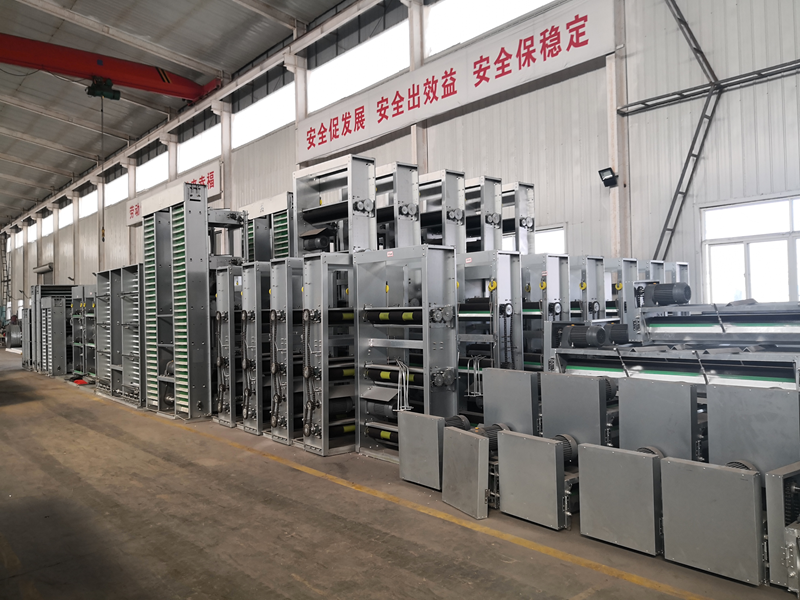
Turret-type CNC Punch Press, Laser Cutting and Other Machining Equipment



Fully Automated Roll Forming Production Line

Hot-dip Galvanizing Production Line

Electroplating Production Line

Environmental Protection Equipment

Chicken Farming Equipment Product Series
Egg-laying Hen Farming Equipment
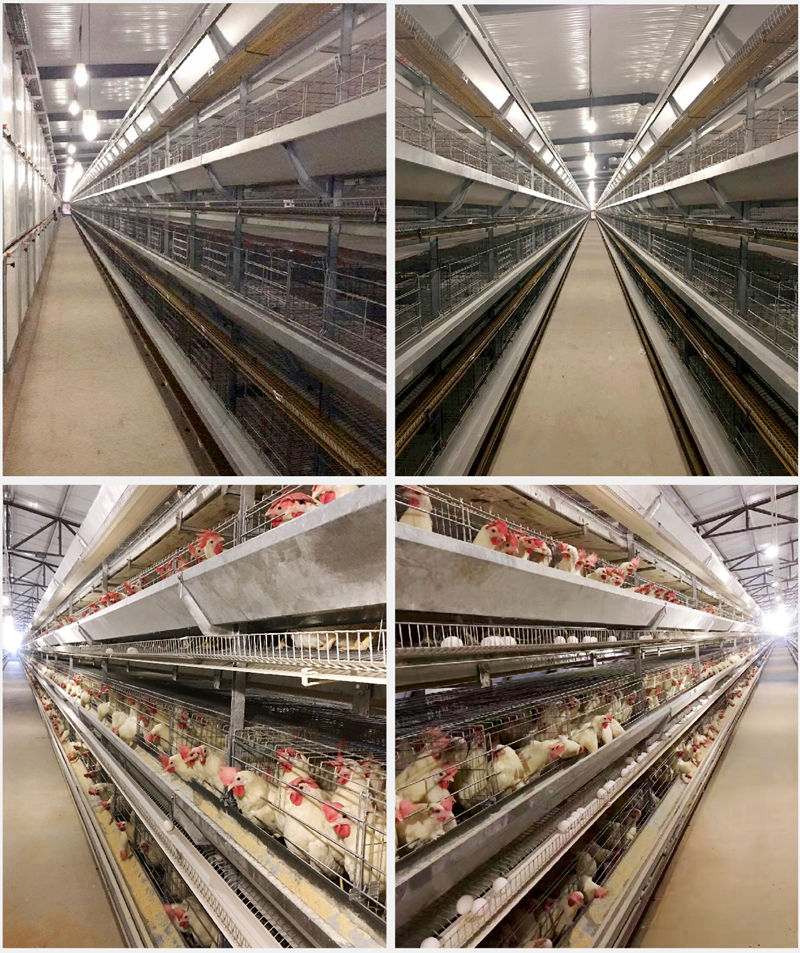
Stacked Brooding Cage Equipment

Stacked Broiler Cage Equipment
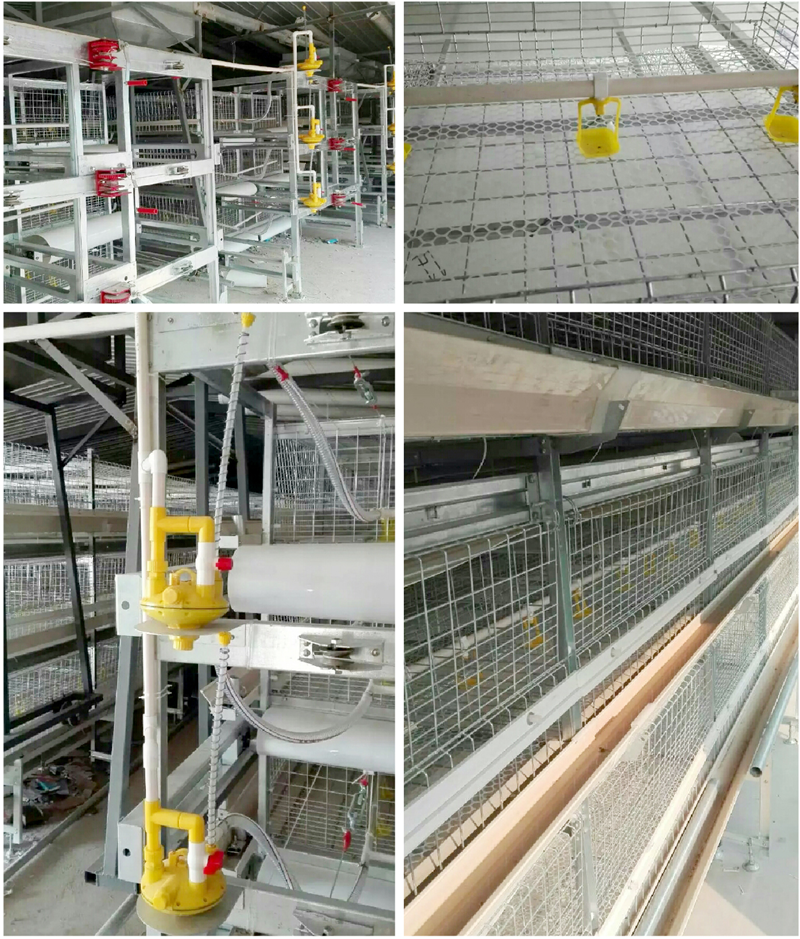
Stepped Layer Hen Cage Rearing Equipment
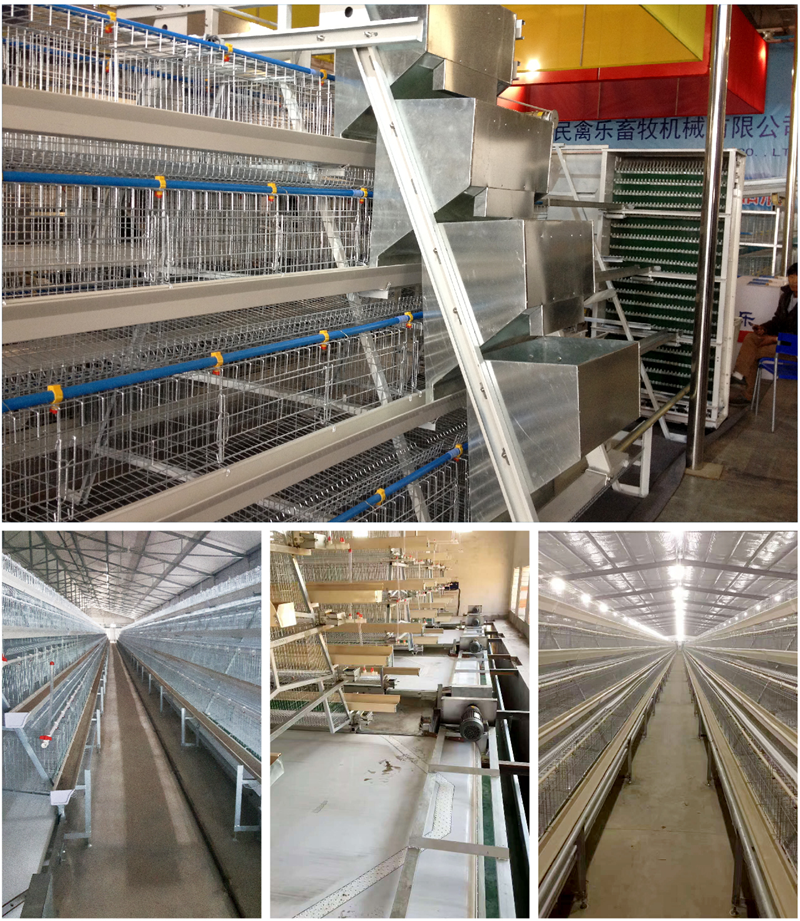
Automatic Egg Collection System

H-type Cage Feeding Machine
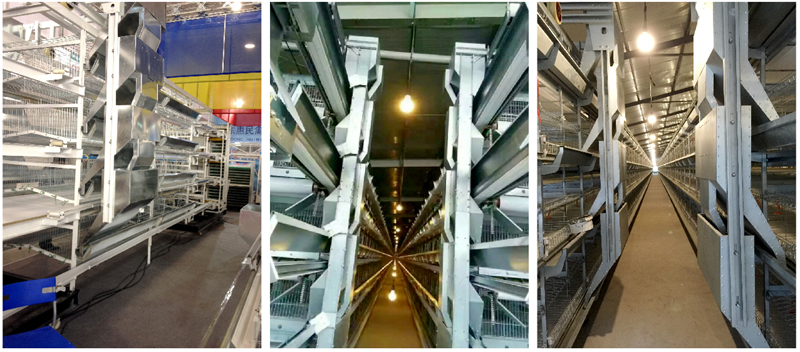
Stepped Cage Straddle Feeder
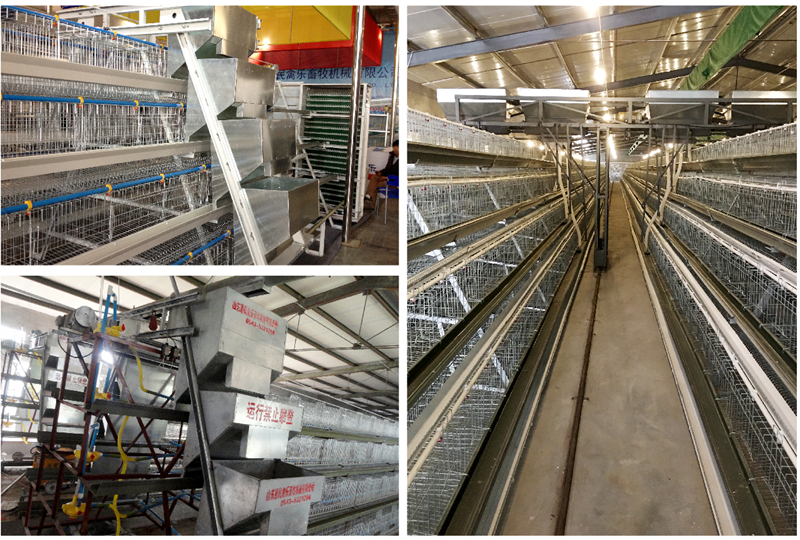
Manure Removal Machine

Fans, Heated Curtains, Environmental Control Systems, and Lighting Equipment
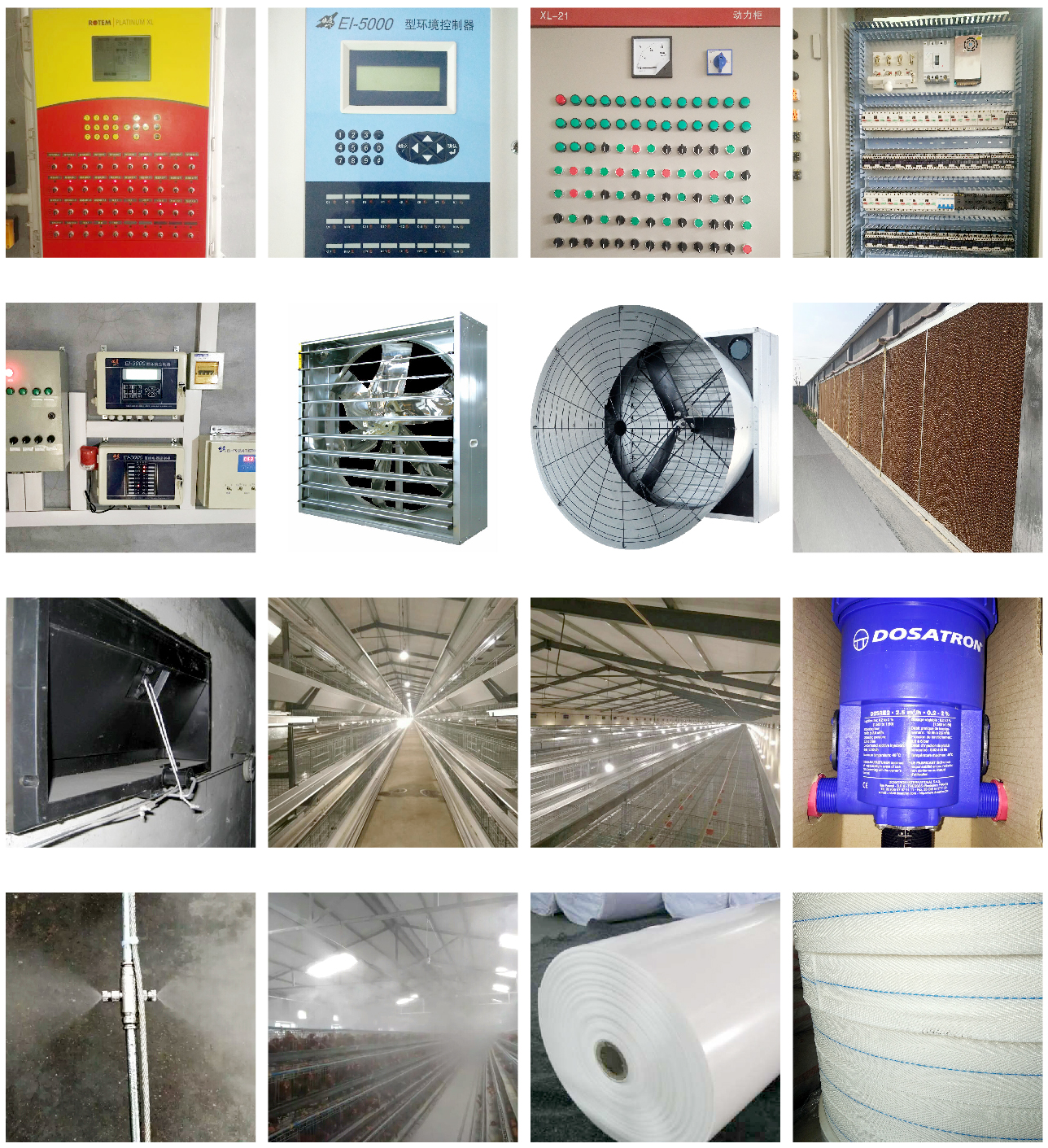
Complete Set of Equipment for Organic Fermentation Treatment of Manure


 Catalogue
Catalogue































 WhatsApp
WhatsApp телефон
телефон